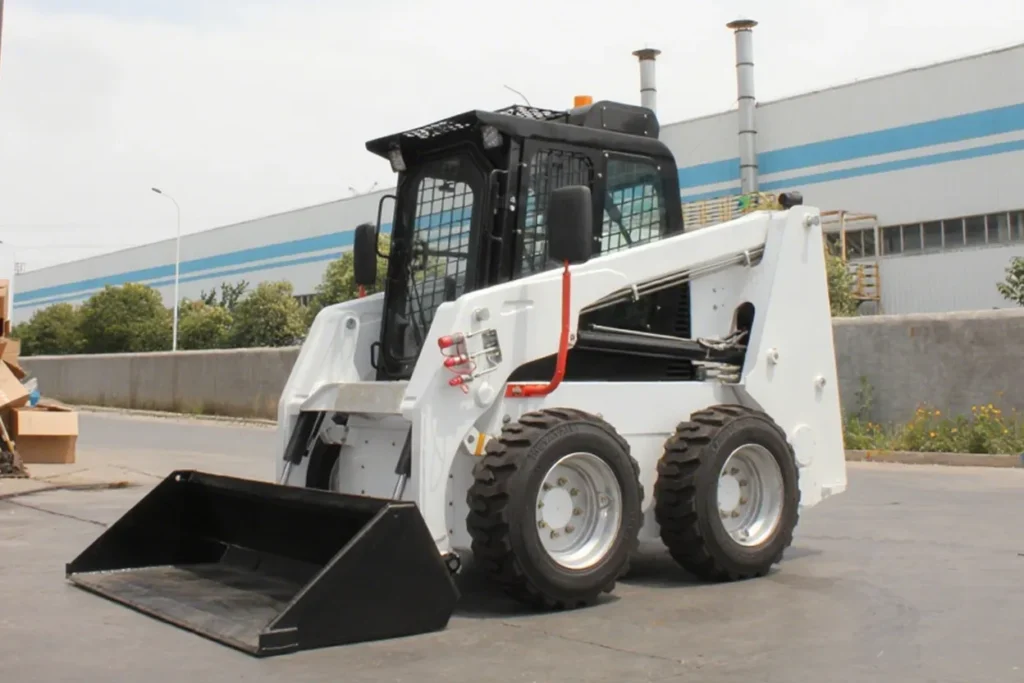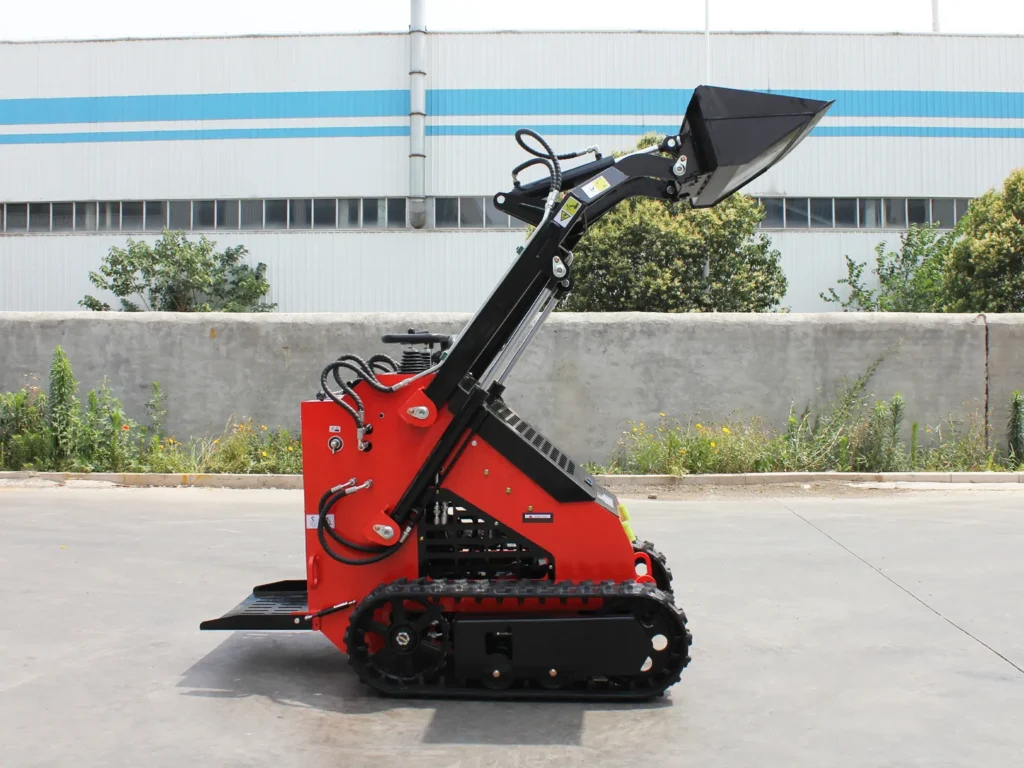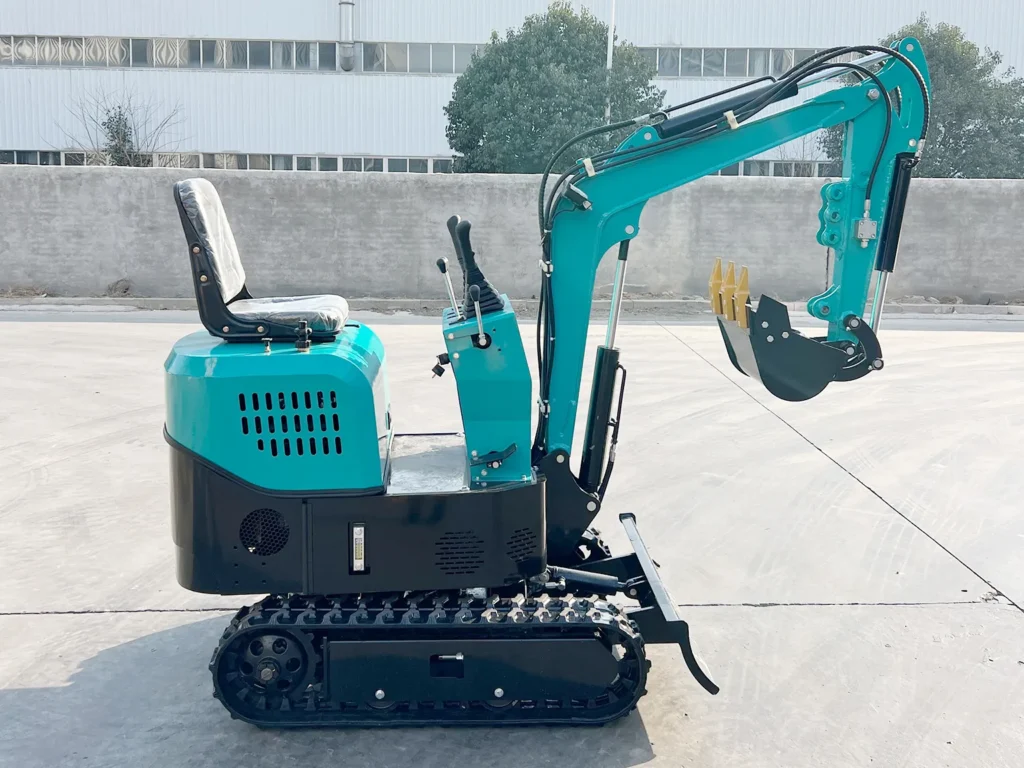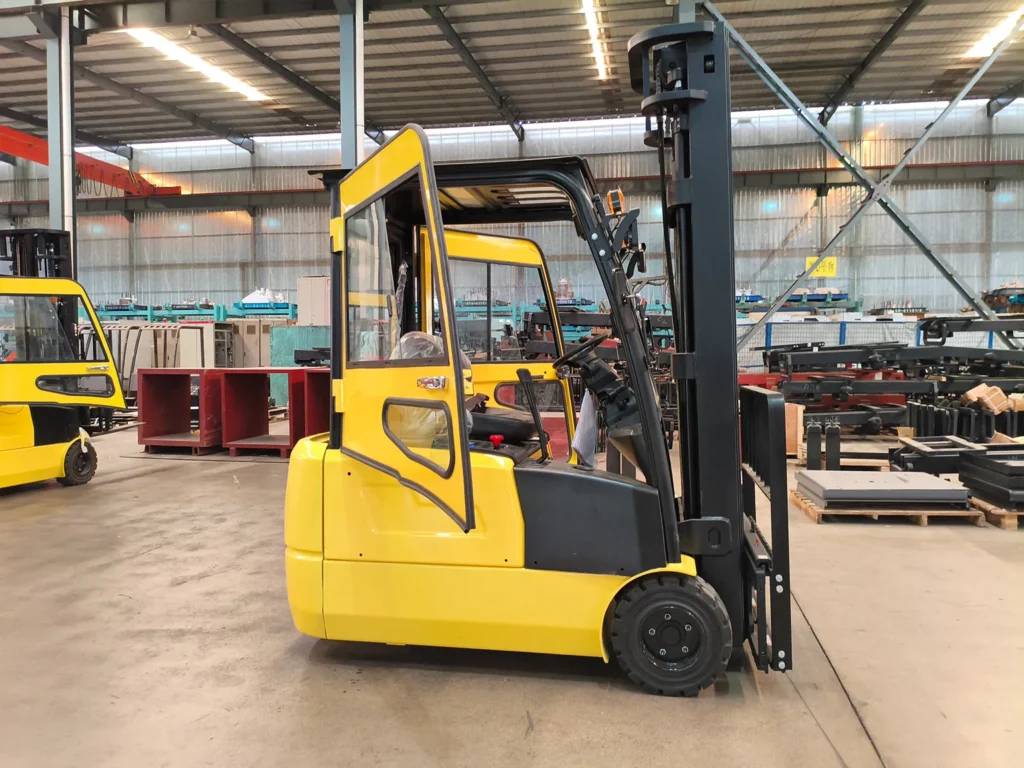Think operator skill is the only key to warehouse speed? Think again. Outdated machines force drivers to fight poor visibility, stiff controls, and shaky lifts—burning 2–3 hours daily in repositioning, corrections, and fatigue breaks. The truth? Better-designed forklifts don’t just “help” operators; they erase these barriers entirely.
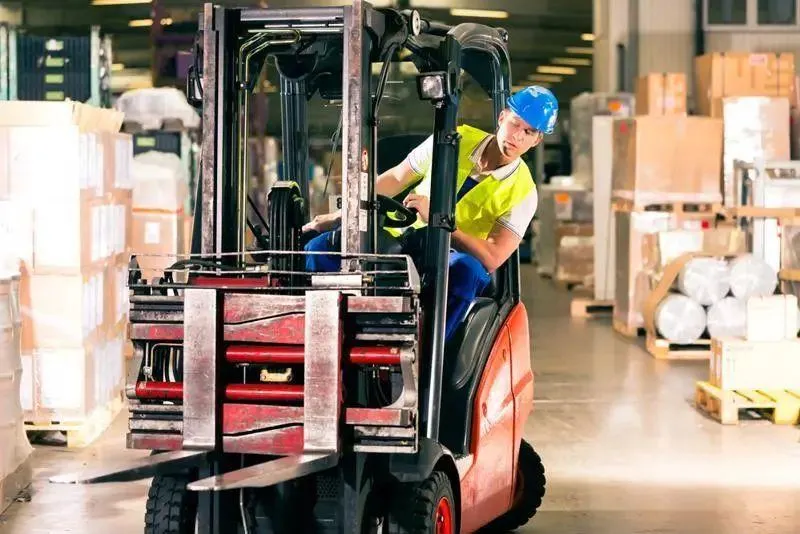
Here is Canary been working in the construction machinery industry for 10 years. Now let me dive in the upgrades of forklifts today for you. Here’s how engineering breakthroughs turn effort into efficiency:
1. The Cab: Ergonomics That Fight Fatigue
Problem: Cramped seats, fixed controls, and poor posture cause muscle strain. Operators fidget constantly, losing 8–12 seconds per maneuver.
Engineering Fixes:
- 180° Rotating Air-Suspension Seats: Let drivers face travel direction—no neck strain during reversing. Seats absorb vibration from rough floors, cutting back pain by 40%.
- Adjustable Command Consoles: Levers/wheels curve to natural arm reach. No stretching mid-task—hands stay on controls, eyes stay on the path.
- Anti-Fatigue Flooring: Rubber mats dampen noise and shock. Wisconsin warehouses saw 18% fewer errors after adding them.
→ Result: 22% less fatigue downtime, 15% fewer mishandled loads.
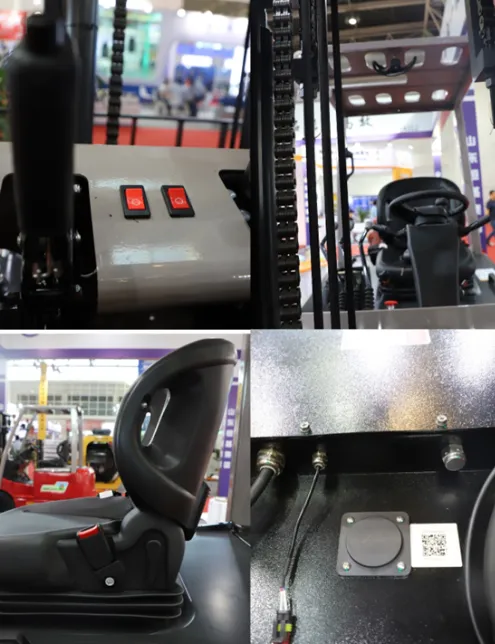
2. Controls: Simplicity = Speed
Problem: Complex button arrays cause hesitation. Operators hunt for functions, leading to mistakes in tight spaces.
Engineering Fixes:
- Single-Hand Multi-Function Joysticks: Integrate lift/tilt/drive into one grip. Push forward to drive, twist to lift—instinctive as a game controller.
- Touchscreen Dashboards with Icons: Show battery status, load weight, and errors visually. Custom shortcuts (e.g., “Pallet Pick” mode) cut steps.
- Tactile Feedback Levers: Vibrate when nearing speed limits or obstacles. Ensures warnings aren’t ignored.
→ Result: New operators master workflows 40% faster; veterans work 18% quicker.
3. Visibility: See More, Stop Less
Problem: Masts and loads block sight-lines. Operators stop-reposition-check repeatedly—up to 3 hours wasted daily.
Engineering Fixes:
- Low-Profile Overhead Guards + Transparent Roof Panels: Reduce blind spots above. Natural light improves depth perception.
- Curved Fork Tips: Slide under pallets without manual alignment. Eliminates “wiggling” adjustments (saves 5 sec/pick).
- 180° Camera Systems: Project surroundings onto cab screens. Operators “see through” loads or corners.
→ Result: 30% faster aisle traversal, 25% fewer repositioning moves.
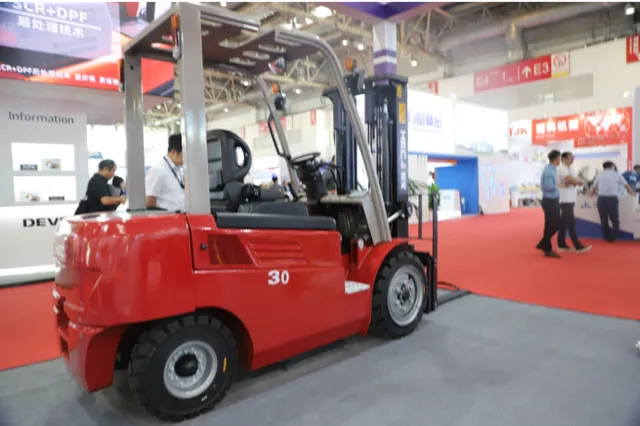
4. Power & Stability: Built for Real Work
Problem: Underpowered electric forklifts stall on ramps; shaky lifts spill loads.
Engineering Fixes:
- Dual-Drive Motors: Deliver diesel-like torque. Climb 25% gradients fully loaded—outperforming many IC models.
- Active Load Stabilization: Sensors detect load shifts, auto-adjusting hydraulics. No “inch-by-inch” stacking.
- Low-Center Gravity Frames: Batteries mounted under the cab lower mass. Prevent tip-overs during sharp turns.
→ Result: 17% faster climb speeds, 90% fewer load drops.
5. Smart Aids: Tech That Works With Humans
Problem: Human judgment falters in tight spaces or repetitive tasks.
Engineering Fixes:
- Auto-Slow in Narrow Aisles: Sensors detect aisle width, capping speed automatically. No manual braking.
- Precision Positioning Assist: Holds forks at optimal height/angle for pallet entry. One tap—no lever-juggling.
- Predictive Maintenance Alerts: Monitor components (e.g., hydraulics, wheel wear). Schedule fixes before breakdowns.
→ Result: 98% fewer collisions, maintenance costs drop 40%.
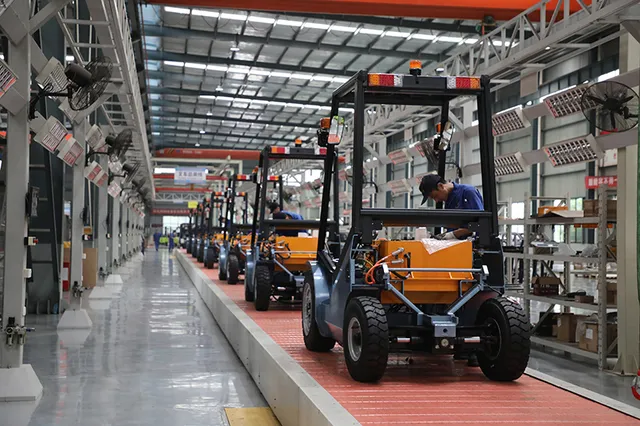
Why Design Trumps “Driver Skill” Every Time
A well-engineered forklift compensates for human limits:
- Time Saved: Operators spend 60% less effort on non-driving tasks (adjusting, troubleshooting).
- Costs Cut: 35% lower training expenses; 50% fewer accidents.
- Output Boosted: Warehouses move 20–30% more pallets daily with the same staff.
The Takeaway?
Stop blaming operators for slowdowns. Your bottleneck isn’t people—it’s outdated machines.
Checklist: Choosing an Efficiency-Focused Forklift
Ask suppliers these questions:
| Feature | What to Demand | Efficiency Gain |
|---|---|---|
| Cab Comfort | ≥180° rotating seat; air suspension; adjustable console height | 22% less fatigue downtime |
| Visibility Aids | Curved forks; standard rear camera; transparent roof panel | 30% faster aisle moves |
| Power | Proof of climbing your steepest ramp fully loaded (e.g., 25% grade test) | 17% faster climbs |
| Stability | Active load sensors; low-center battery placement | 90% fewer load drops |
| Smart Tech | Auto-slow in sub-2m aisles; predictive maintenance alerts | 40% lower maintenance costs |
Final Thought: Efficiency Isn’t About Pushing Harder—It’s About Designing Smarter
When forklifts align with human needs, operators become unstoppable. Stop settling for “basic functionality.” Demand designs that turn effort into excellence—where every second saved adds €10,000s yearly.
🔍 Want to Explore High-Efficiency Models?
Download Here: torchuck catalog.pdf
